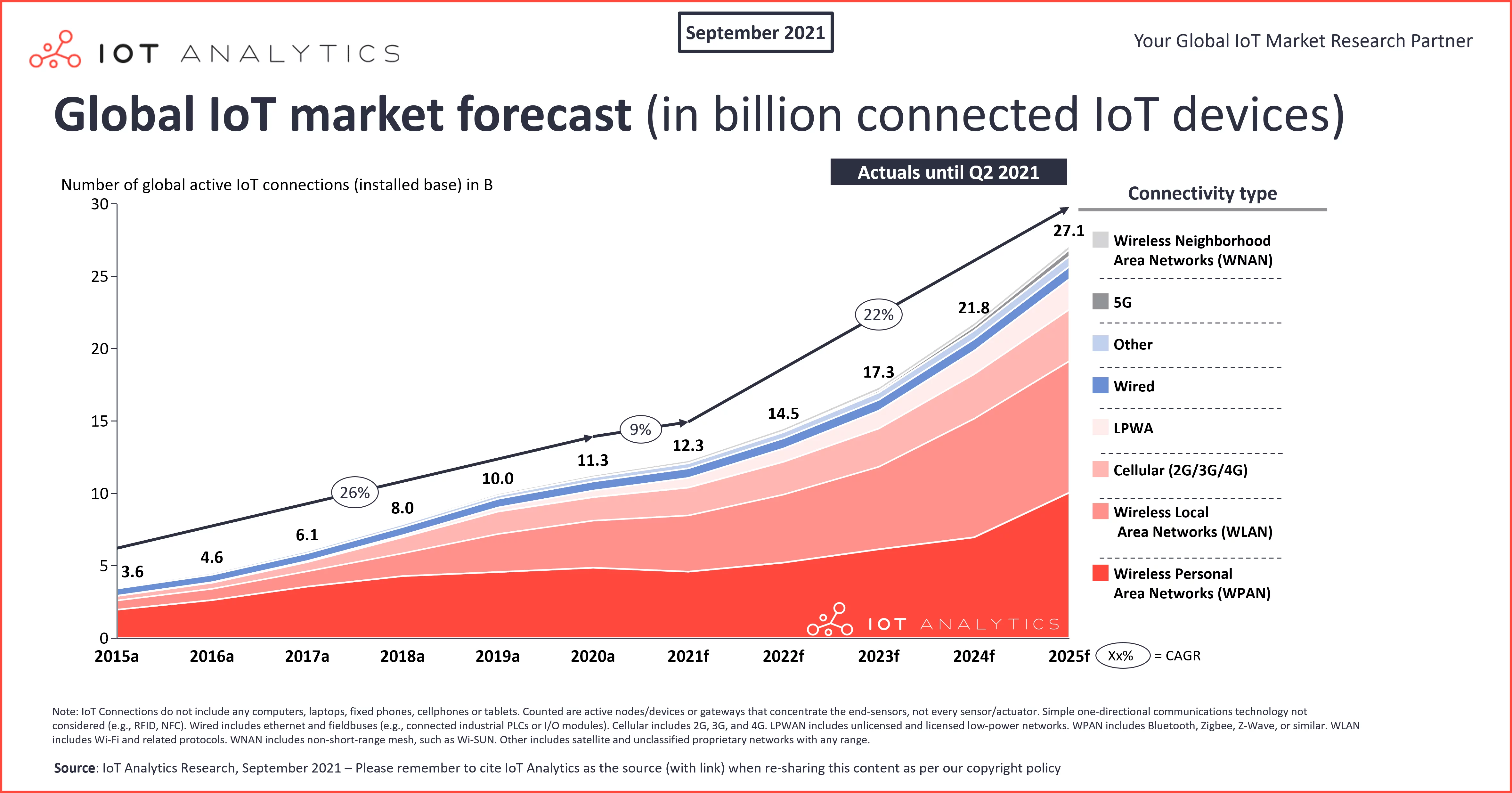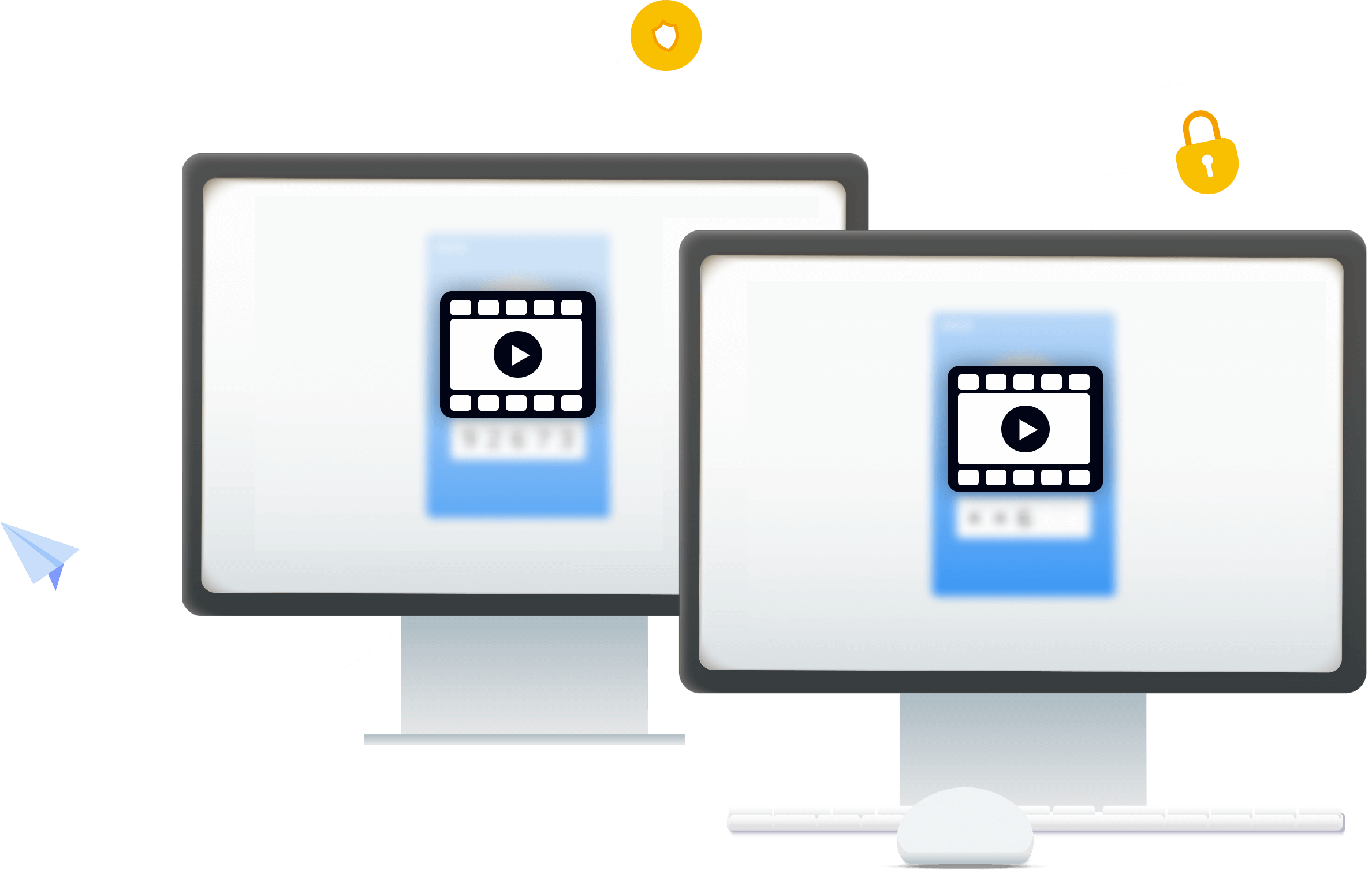Picture this: You're miles away from your IoT devices, yet you need to monitor or control them as if you're standing right next to them. Sounds impossible, right? Wrong! Thanks to VNC IoT over internet example, you can achieve this level of remote control with ease. Whether you're a tech enthusiast or a business owner managing smart devices, this technology can revolutionize how you interact with your IoT ecosystem.
Imagine being able to access your IoT devices from anywhere in the world, troubleshoot issues on the fly, or even make real-time adjustments to your smart home setup. VNC IoT over the internet isn't just a buzzword; it's a game-changer. In this article, we'll dive deep into how VNC works with IoT devices, its benefits, challenges, and real-world examples that make it a must-know for anyone in the tech-savvy world.
Before we jump into the nitty-gritty, let's get one thing straight: VNC IoT over internet example isn't just for tech geeks. It's for anyone who wants to take their smart device management to the next level. So, whether you're a DIY enthusiast or a professional looking to streamline operations, buckle up because we're about to show you how this tech can transform your world.
- Ullucom Revolutionizing Indian Digital Entertainment
- Unveiling The Life Of Karoline Leavitt And Her Husband Jeffrey Miller A Comprehensive Guide
What is VNC and How Does It Work?
VNC, short for Virtual Network Computing, is like a remote control for your computer or IoT devices. It allows you to access and control one computer or device from another, no matter where you are. Think of it as a magic wand that lets you operate your smart thermostat, security cameras, or even industrial sensors from your couch or a coffee shop across the globe.
Here's how it works: VNC uses a client-server model. The server runs on the device you want to control, while the client is installed on the device you're using to access it. When you connect, the VNC client sends your inputs—like mouse movements or keyboard commands—to the server, which then executes them. It's like having a virtual hand that can reach out and touch your devices from afar.
Why VNC is Perfect for IoT Devices
VNC isn't just for computers; it's a perfect match for IoT devices too. Here are a few reasons why:
- Exploring The World Of Omegle Oine A Comprehensive Guide
- Rick Laginas Journey With Wifes Health Battle A Story Of Love And Resilience
- Seamless Integration: VNC can easily integrate with existing IoT setups, making it a hassle-free addition to your tech stack.
- Real-Time Control: Need to make immediate changes to your smart devices? VNC allows you to do so in real-time, ensuring your devices are always up-to-date and functioning as intended.
- Cost-Effective: VNC solutions are often affordable, sometimes even free, making it a budget-friendly option for both personal and business use.
Benefits of Using VNC for IoT Over the Internet
Now that we know what VNC is and how it works, let's talk about why it's such a big deal for IoT. Here are some of the top benefits:
First off, convenience. With VNC, you can manage your IoT devices without being physically present. This is a huge plus for businesses that have remote sensors or equipment spread across different locations. You can check on them, update software, or troubleshoot problems from the comfort of your office or home.
Secondly, scalability. VNC can handle multiple devices at once, which is perfect for large IoT networks. Whether you're managing a few smart home devices or an entire factory's worth of sensors, VNC can keep everything under control.
Security Features You Need to Know
Security is a big concern when it comes to remote access, and VNC doesn't take it lightly. Most VNC solutions come with robust security features, such as encryption and authentication, to ensure your data stays safe. Plus, you can set up access controls to decide who gets to access your devices and what they can do once they're in.
Challenges and Considerations
Of course, nothing is perfect, and VNC IoT over internet example is no exception. There are a few challenges you should be aware of:
One of the biggest concerns is latency. Depending on your internet connection, there might be a delay between your actions and the device's response. This can be frustrating, especially if you're trying to make quick adjustments. However, advancements in VNC technology are continually improving this issue.
Another consideration is bandwidth. If you're managing multiple devices, you might need a strong internet connection to handle all the data being transmitted. This is particularly important for businesses with large IoT networks.
Overcoming Common Challenges
Don't let these challenges scare you off! There are ways to overcome them. For instance, using a VNC solution with compression technology can help reduce bandwidth usage. Additionally, setting up a local network for your IoT devices can minimize latency issues.
Real-World VNC IoT Over Internet Example
Talking about VNC is one thing, but seeing it in action is another. Let's look at a real-world example to see how VNC can be used with IoT devices.
Imagine a smart farm equipped with IoT sensors that monitor soil moisture, temperature, and humidity. With VNC, the farmer can access these sensors from anywhere, check the readings, and make adjustments to the irrigation system as needed. This not only saves time but also ensures the crops are getting the right amount of water and nutrients.
How VNC Transforms Business Operations
VNC isn't just for farmers; it's transforming businesses across various industries. For instance, in the manufacturing sector, VNC allows engineers to remotely monitor and control machines, reducing downtime and maintenance costs. In healthcare, it enables medical professionals to access patient data and medical devices from remote locations, improving patient care.
Setting Up VNC for IoT Devices
Ready to give VNC a try? Setting it up for your IoT devices is easier than you might think. Here's a step-by-step guide:
- Choose a VNC Solution: There are plenty of VNC options out there, so pick one that suits your needs and budget.
- Install the Server: Install the VNC server software on the IoT device you want to control.
- Install the Client: Install the VNC client software on the device you'll use to access the IoT device.
- Connect: Use the VNC client to connect to the server and start controlling your IoT device.
Tips for a Successful Setup
Here are a few tips to ensure your VNC setup goes smoothly:
- Make sure both devices are connected to the internet.
- Check that the VNC server is properly configured and running.
- Test the connection before relying on it for critical tasks.
Best Practices for VNC IoT Over Internet
To get the most out of VNC IoT over internet example, follow these best practices:
First, always use strong passwords and enable two-factor authentication if possible. This adds an extra layer of security to your VNC setup. Second, keep your VNC software up-to-date to take advantage of the latest features and security patches. Lastly, consider using a dedicated VNC server for your IoT devices to ensure optimal performance.
Staying Ahead of the Curve
Technology is constantly evolving, and so is VNC. Stay informed about the latest developments in VNC and IoT to ensure your setup remains cutting-edge. Follow industry blogs, attend webinars, and join online communities to stay in the loop.
Future Trends in VNC IoT Over Internet
What's next for VNC IoT over internet example? The future looks bright! With advancements in AI and machine learning, VNC is becoming smarter and more efficient. We can expect to see features like predictive maintenance, automated updates, and even voice control in the near future.
Moreover, as 5G networks roll out, latency issues will become a thing of the past, making VNC even more reliable for IoT applications. This means smoother control and faster response times for your devices.
Preparing for the Future
To prepare for these exciting developments, start by upgrading your current VNC setup. Invest in devices that support the latest technologies and keep an eye on emerging trends. By doing so, you'll be ready to take full advantage of what the future holds for VNC IoT over internet example.
Conclusion: Why VNC IoT Over Internet Example Matters
In conclusion, VNC IoT over internet example is a powerful tool that can revolutionize how we interact with our IoT devices. From remote control to real-time monitoring, the possibilities are endless. By understanding its benefits, challenges, and best practices, you can harness the full potential of VNC and take your IoT management to the next level.
So, what are you waiting for? Dive into the world of VNC IoT over internet example and see how it can transform your life or business. Don't forget to share your thoughts and experiences in the comments below, and explore our other articles for more tech insights!
Table of Contents
- What is VNC and How Does It Work?
- Benefits of Using VNC for IoT Over the Internet
- Challenges and Considerations
- Real-World VNC IoT Over Internet Example
- Setting Up VNC for IoT Devices
- Best Practices for VNC IoT Over Internet
- Future Trends in VNC IoT Over Internet
- Conclusion: Why VNC IoT Over Internet Example Matters
- Unveiling The Life And Love Of Karoline Leavitt Who Is She Married To
- Unveiling Janet Sheens Grandchildren A Closer Look At Her Family Legacy


